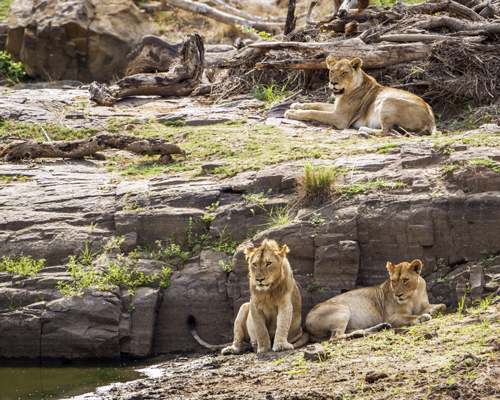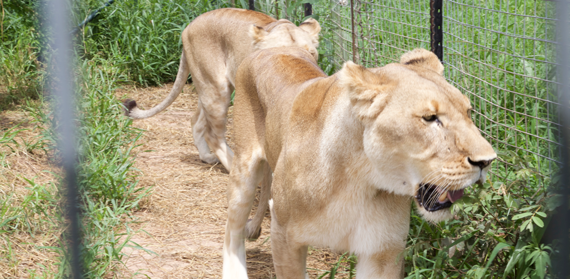There’s a war going on. Africa is no stranger to conflict but few probably ever think about the feud between man and beast[s]. Humans and lions are in an on-going battle and it is a battle that the lions are rapidly losing. With the constant threat to their lives and livestock, local people see the lion, among most other wild predators [and elephants], as nothing more than a pest and act on this accordingly. To explain the Human-Lion Conflict, you must first understand the reasons it exists.
We are the carnivores of lion’s lands
Africa as a continent has one of the fastest growing populations on the planet. In the 1950s, there were less than 250 million people in Africa. Lower predictions for 2050 put that population at around 2 billion plus. Zambia and Zimbabwe, where ALERT operates, are two of the fastest growing populations and almost all of the countries in the world with the highest population growth are in Africa. There are currently around 16 million Zambians, but some estimates suggest that by 2100, this number could be anywhere between 100 and 140 million – a population growth almost unfathomable. As more people exist, we take up more space resulting in habitat loss for lions, and all other wild animals.
The land conversion is for villagers’ and their livestock, making the area people need considerably larger, as it will serve as one of the main sources of produce for these people. Most of the population of Zambia are entirely reliant on natural resources. Considering the population growth, this land conversion will only increase. With land conversion comes fragmentation; cutting areas off from one another and leaving isolated areas of land for lions to live. With no new lions in an area, there will be no genetic diversity – no natural gene flow. Inbreeding starts and unhealthy populations ‘crash’, as was evident with one of the most famous collectives of lions – the Ngorongoro Crater population in Tanzania (title image). This consequently also allows diseases to flourish.
land for lions to live. With no new lions in an area, there will be no genetic diversity – no natural gene flow. Inbreeding starts and unhealthy populations ‘crash’, as was evident with one of the most famous collectives of lions – the Ngorongoro Crater population in Tanzania (title image). This consequently also allows diseases to flourish.
Deadly diseases
Bovine tuberculosis is expected to wipe out 70-80% of Kruger National Parks’ population of lions over the next 20 or so years. Canine distemper (CDV), contracted from wild dog populations, has been a huge contributor to tigers decline in Asia. It’s now promising to and has been doing the same to lions across Africa. In fragmented populations, this only gets worse. Additionally, climate change, making areas of land inhabitable for lions, may become a ‘prison’ as the area becomes fragmented, and therefore the lions have no way to escape the land. Climate change may also allow diseases to flourish and in fragmented areas, this puts lions in a dyer situation.
The conflict between lions and people starts with the loss of their land but as well as this, we also take the food off their plates. Poaching has a hugely negative effect on the survival of lions and is also a significant contributor to the human-lion conflict.
Male lion on the Ngorongoro Crater, Tanzania (Shutterstock)
Read more on the ALERT project.




Comments are disabled